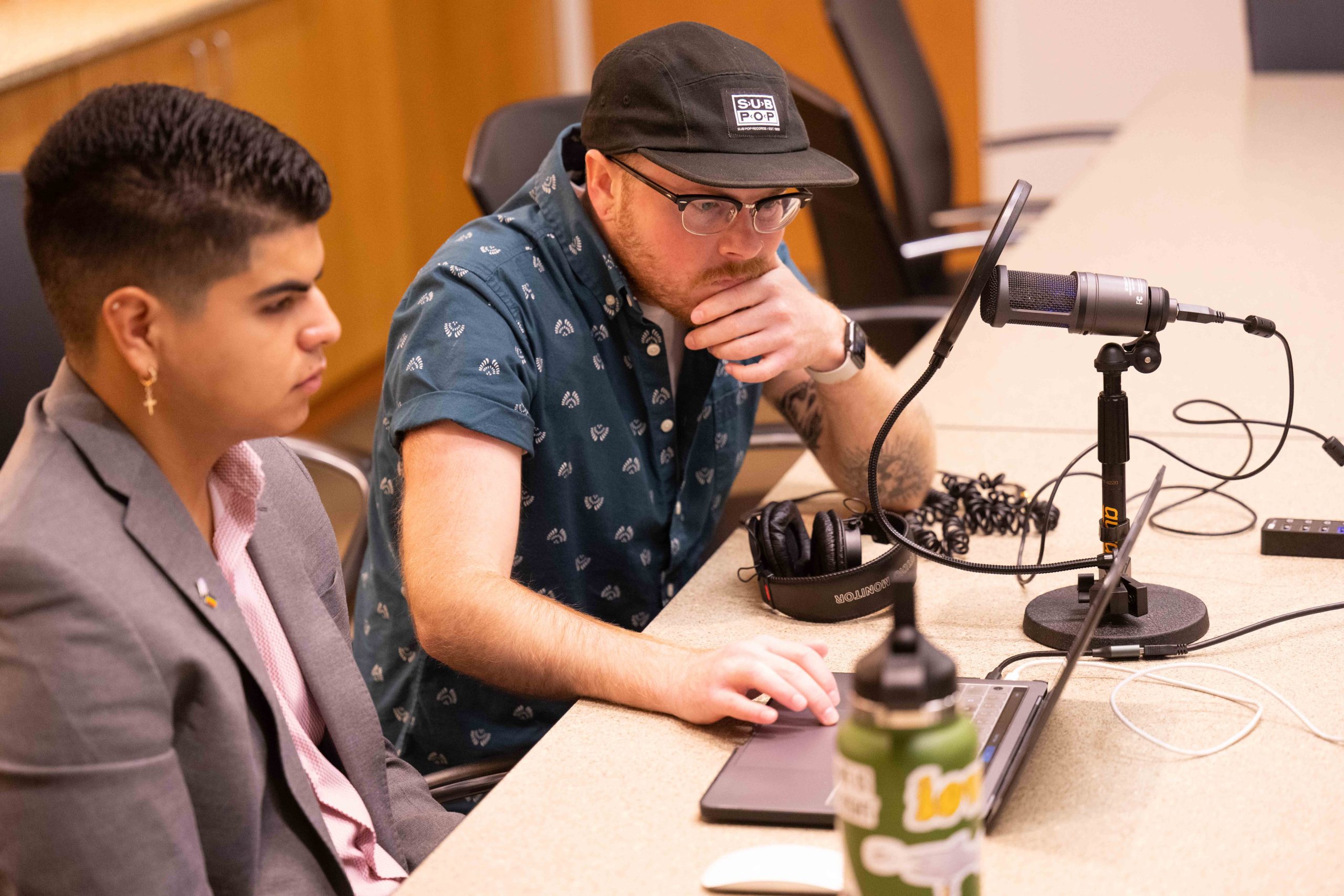Providing accommodations to all students in the course

In Reach Everyone, Teach Everyone, Tobin and Behling demonstrate that “UDL is a way of thinking about creating the interactions that we have with our learners so that they do not have to ask for special treatment, regardless of the types of barriers they may face” (2018, p. 130). The authors advocate for designing learning experiences and interactions from the get-go “so that the greatest number of people can take part in them without having to ask for specific accommodations” (p. 134). The researchers offer examples of instructors who chose to redesign some components of their courses so that a specific accommodation was extended to all of their students (p. 138).
This UDL strategy might be especially helpful in the context of a 2020 Educause report on student technology suggesting that “nearly half of students with disabilities do not register with their institution’s disability services office for support” (Gierdowski et al., 2020, Accessibility and Accommodations section).
This short resource shares various strategies and cases for expanding specific student accommodations to support more learners in the course.
1. Captioning
Tobin and Behling (2018, p. 30) report the experience of Lyman Dukes, an instructor at the University of South Florida, who captioned all of his videos in a law and business course. In an end-of-semester survey, 94 percent of his students found the ability to turn on the captions helpful and 92 percent actively used the captions. Of his students, 1 percent reported working with the university’s disability services office, but 13 percent identified as having a disability.
2. Whiteboard Alternative
When Katie Rose Guest Pryal, an instructor at the University of North Carolina at Chapel Hill, had a student with low vision, she decided to create a “Class Record,” a document she would project from her laptop to the classroom screen. After each class, she posted the record as a PDF to the course site, where all students would be able to access it. She writes: “I’d made the ephemeral, messy whiteboard into a readable, accessible, reproducible document, and all of my students benefited—including the ones with disabilities who’d never told me about their disabilities and never will” (2020, p. 11; emphasis in the original). Pryal (2020, p. 11) reports that the Class Record also decreased her workload as an instructor as students knew to check the record first when they had questions.
3. Extra Time
Some instructors decide to give extra time to all students in their courses. For example, if an instructor had initially planned a quiz to be 30 minutes, they would give all students 45 minutes—or time and a half—to complete the quiz. In this case, students with accommodations would still have the right to extra time and so would need around 70 minutes (Center for Innovation in Teaching and Learning, n.d.; Office of Accessible Education, n.d.). If time is not an important aspect of what you hope to measure in your students’ learning (that is to say, if the amount of time it takes to complete the task is not part of your learning objectives), you can consider not having a time limit on your assessments.
To learn more about incorporating flexibility and student choice in your assessments, please check the Handbook for Teaching Excellence.
References
Center for Innovation in Teaching and Learning. (n.d.). Universal design. University of Maine. https://umaine.edu/citl/homepage/instructional-resources/accessibility-in-classrooms/core-skills-for-teaching-spaces/accessibility-in-classrooms-inclusive-teaching/universal-design/
Gierdowski, D. C., Brooks, C., & Galanek, J. (2020). EDUCAUSE 2020 student technology report: Supporting the whole student. EDUCAUSE. https://www.educause.edu/ecar/research-publications/student-technology-report-supporting-the-whole-student/2020/introduction
Office of Accessible Education. (n.d.). FAQ: Exam accommodations. Bates College. https://www.bates.edu/accessible-education/faculty/exam-accommodations/
Pryal, K. R. G. (2020). How making my teaching accessible made it better. National Teaching and Learning Forum, 29(4), 10–11. https://doi.org/10.1002/ntlf.30243
Tobin, T. J., & Behling, K. T. (2018). Reach everyone, teach everyone: Universal design for learning in higher education. West Virginia University Press.
